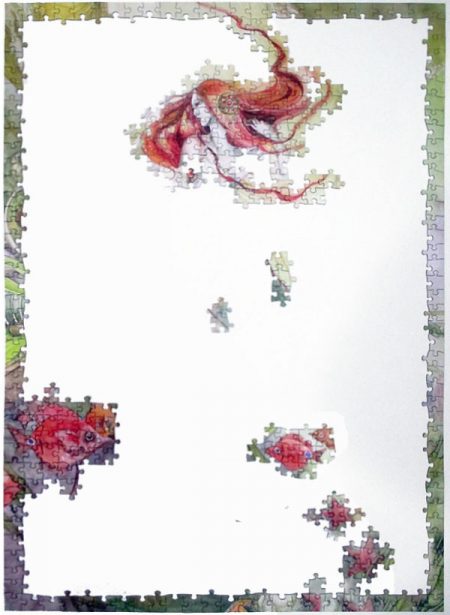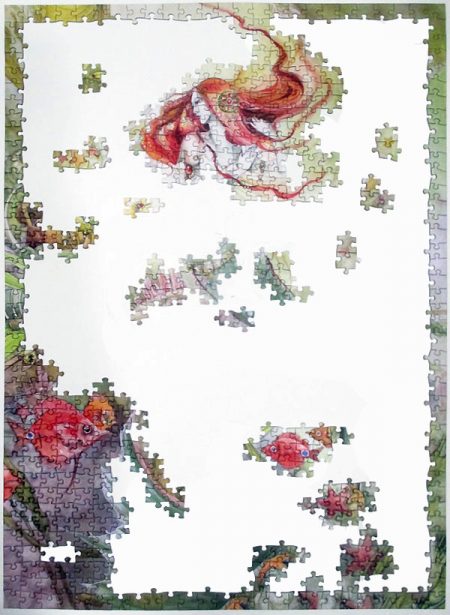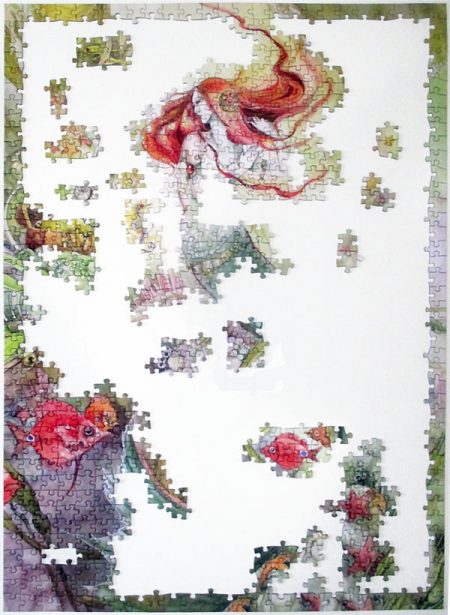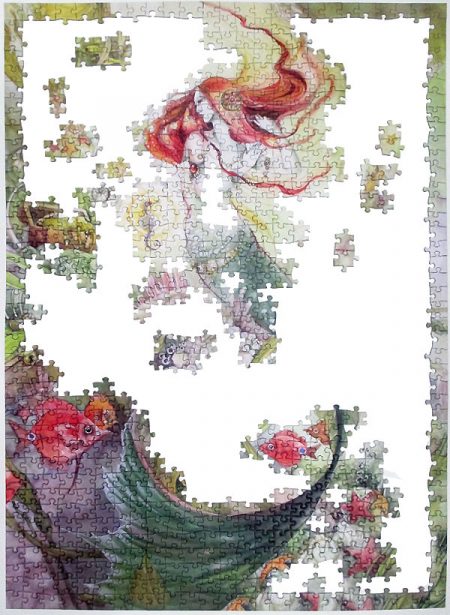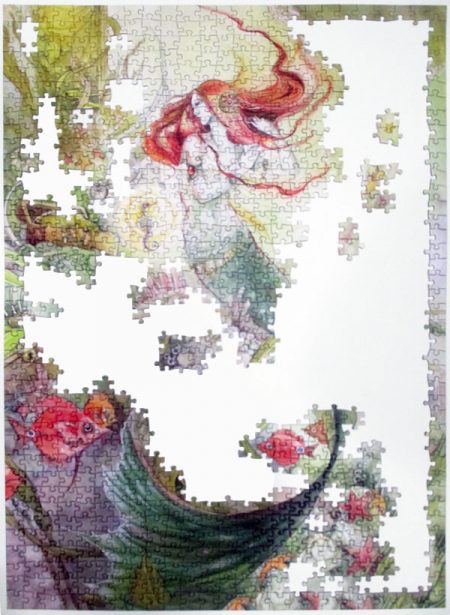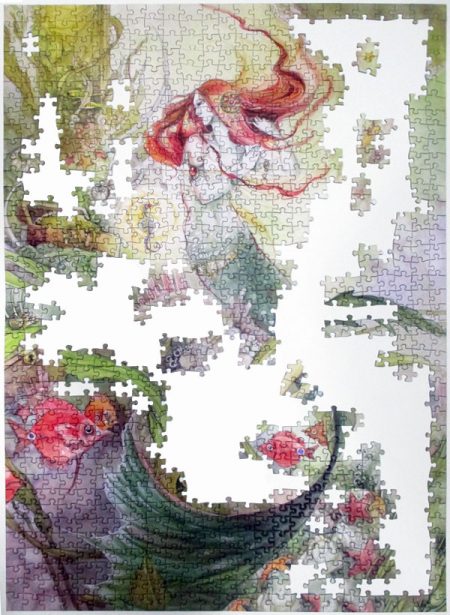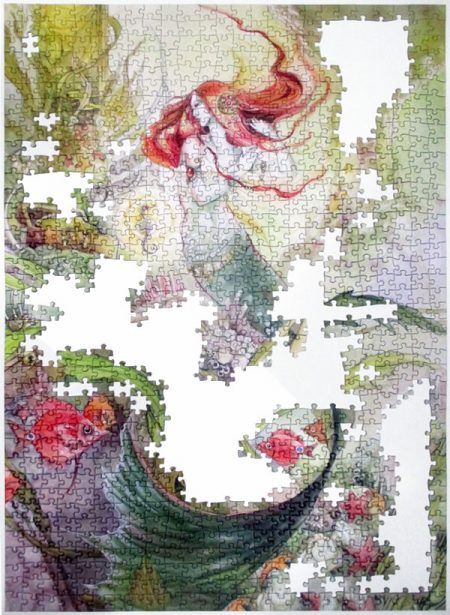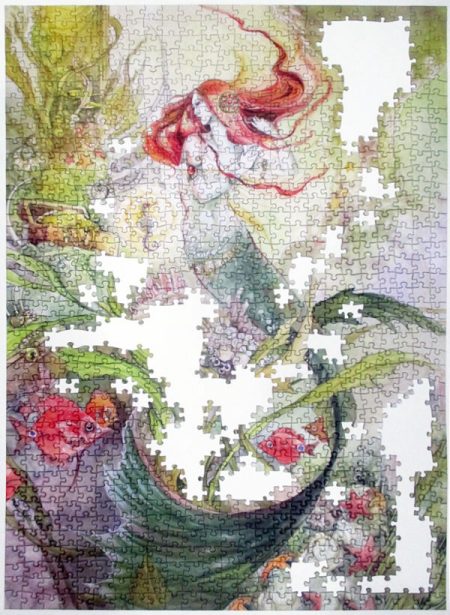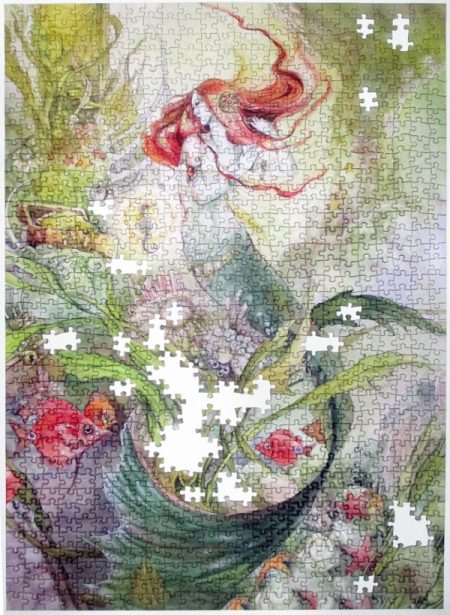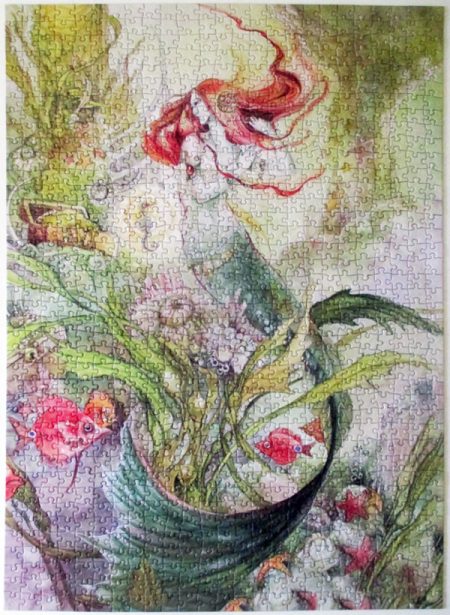Living with Deer in America
by Richard Nelson
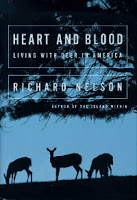
Marvelous book. It looks at all sides of the relationships deer and people have in this country. The author is a hunter himself but holds great respect for the animals and their environment, which you can palpably feel in his personal descriptions. The opening and closing chapters detail time he spent in the woods with his border collie dog- whom he depends on for alerting him to the proximity of wildlife with her keen senses. He follows deer but also has a close encounter with a marten (riveting scene) and is tailed by a brown bear, and in the final pages tells of witnessing a doe actually giving birth. It\’s incredible. All the other chapters tell about deer, both from his research and personal experiences as he crosses the country witnessing how people live alongside or utilize the cervids. There is a chapter that tells of the evolutionary history of deer (more in brief than Whitetail Tracks) another that explains the difference between North America\’s three deer species, their physiology and way of life. Most of the book is about deer / human interactions, with far greater depth and understanding than I once gleaned from Nature Wars.
Nelson visits many areas in turn: first an island in Alaska where deer are being studied, and discusses the impacts of various types of studies in general- including whether or not their means are considered humane. (Some studies have deliberately allowed deer to starve, others subject wild deer to a lot of stress). He visits an island off the California coast, and another near New York, where deer populations have far outgrown the space, looking at the various methods used to attempt controlling population numbers and why they don\’t work. He goes to an area of Texas that has a very healthy deer population, where the wildlife live alongside cattle on ranches (they eat different plant types) and then are thinned each year by hunters who pay for access- and it\’s very specifically managed.. He accompanies several Wisconsin hunters on public lands, where the control is slightly different, and contrariwise, also goes along with a group of animal rights activists in a different part of Wisconsin, whose aim is to interrupt the hunters (very civilly done, I might add). The varied hunts include stalking deer through the forest on foot, sitting in tree platforms near open areas where deer might visit, and walking with a group of men on a drive across fields and hillsides. Finally, he visits farmland in southern Wisconsin, where deer are also hunted- in this case mostly to protect the crops. Which is a very serious thing- it sounds like not a single crop grown could be brought to reasonable harvest if deer are not fenced out (which is often impractical) or shot.
Overall I felt like this was a really well-rounded look at the deer situation, one approached with admiration for the animal, honest friendliness towards various types of people the author visited and interviewed, willingness to try and understand other points of view, interpretation of the science for laypeople like myself, and finally, a love for the beauty of the land and wildlife. I was struck by how time and time again, occasions were reported where deer that were troublesome in suburban areas were relocated in attempts to control their numbers- and what a failure that is. Some die of shock during handling, and most or all of the rest die within the first year of being moved. And it\’s expensive. Birth control for deer doesn\’t work, which is explained. Natural predators are for the most part missing, so it leaves human hunters to keep the population in check. Otherwise the deer destroy habitat leaving it unfit for other animals as well. Oh, and there\’s a chapter about forest growth, and how monocultures of trees replanted after logging usually don\’t support deer or other wildlife and why. The author himself personally witnessed the state of deer starving in winter in an overpopulated area; it sounds like the misery and suffering of the emaciated animals deeply affected him. He not-so-subtly hints that he disagrees with the animal rights people who assert that starvation is nature\’s way of handling the problem, opining that a hunter\’s precise mark which ends their lives quickly and gives them purpose as someone\’s dinner (for a family, it can supply a year\’s worth of protein) is a far more humane option.
I found that many of his sentiments closely harmonized what I read recently in
Braiding Sweetgrass. In particular I marked a few quotes:
Organisms we buy in stores and array on the table are our makers, the creators and nurturers of our bodies, until eventually we die and nourish other organisms in turn. As a society, we could benefit enormously by finding ways to remember, acknowledge, and celebrate this process, to accept with gratitude and respect the plants and animals who keep us alive, who weave us into the living tapestry of earth.
A true ecological wisdom, it seemed to me, is one that keeps people and land together in the business of producing food while they develop a more balanced and sustainable relationship with the natural environment.
This is one of those books I lingered over, then read through the pages of references in the back, to add more to my never-ending, always-growing TBR. Including now several other titles by the author which look just as good.
Rating: 4/5 390 pages, 1997


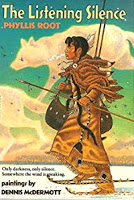

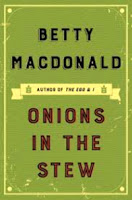
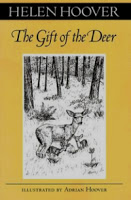
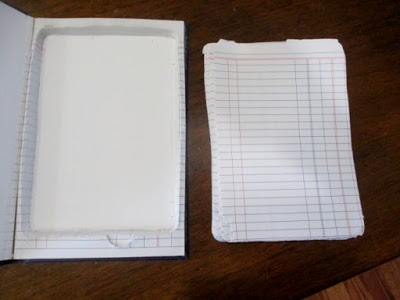


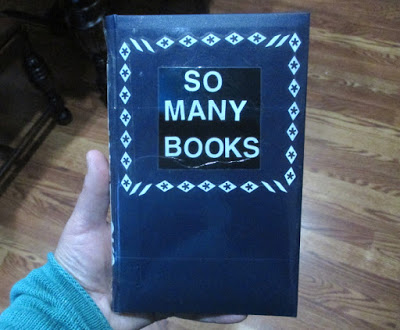
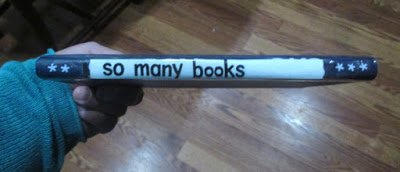

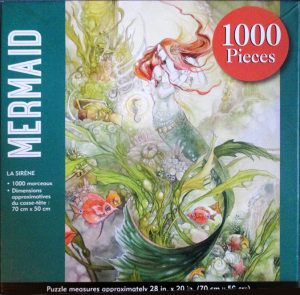 I really like this picture- it has a very soft, dreamy quality compared to most of my puzzles. Also a non-glare surface which is so nice to work with. Just one odd thing- the bottom edge of the picture looks like it was copied in pieces and added on to make the image larger (probably to fit the puzzle size). It looks hastily done, and I\’m not the only person who noticed- other reviews online mention this. Regardless, still a lovely puzzle that I enjoyed time with.
I really like this picture- it has a very soft, dreamy quality compared to most of my puzzles. Also a non-glare surface which is so nice to work with. Just one odd thing- the bottom edge of the picture looks like it was copied in pieces and added on to make the image larger (probably to fit the puzzle size). It looks hastily done, and I\’m not the only person who noticed- other reviews online mention this. Regardless, still a lovely puzzle that I enjoyed time with.
